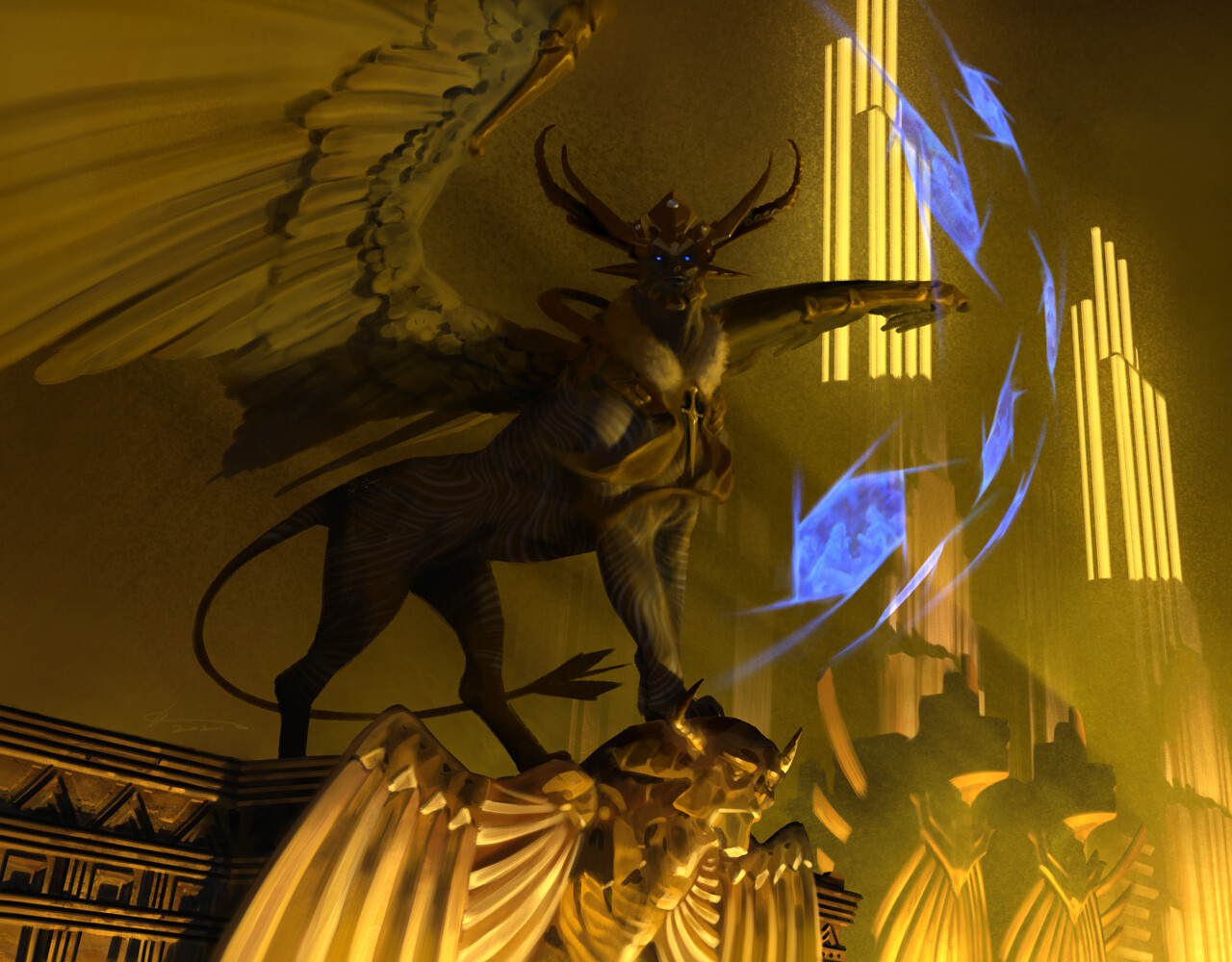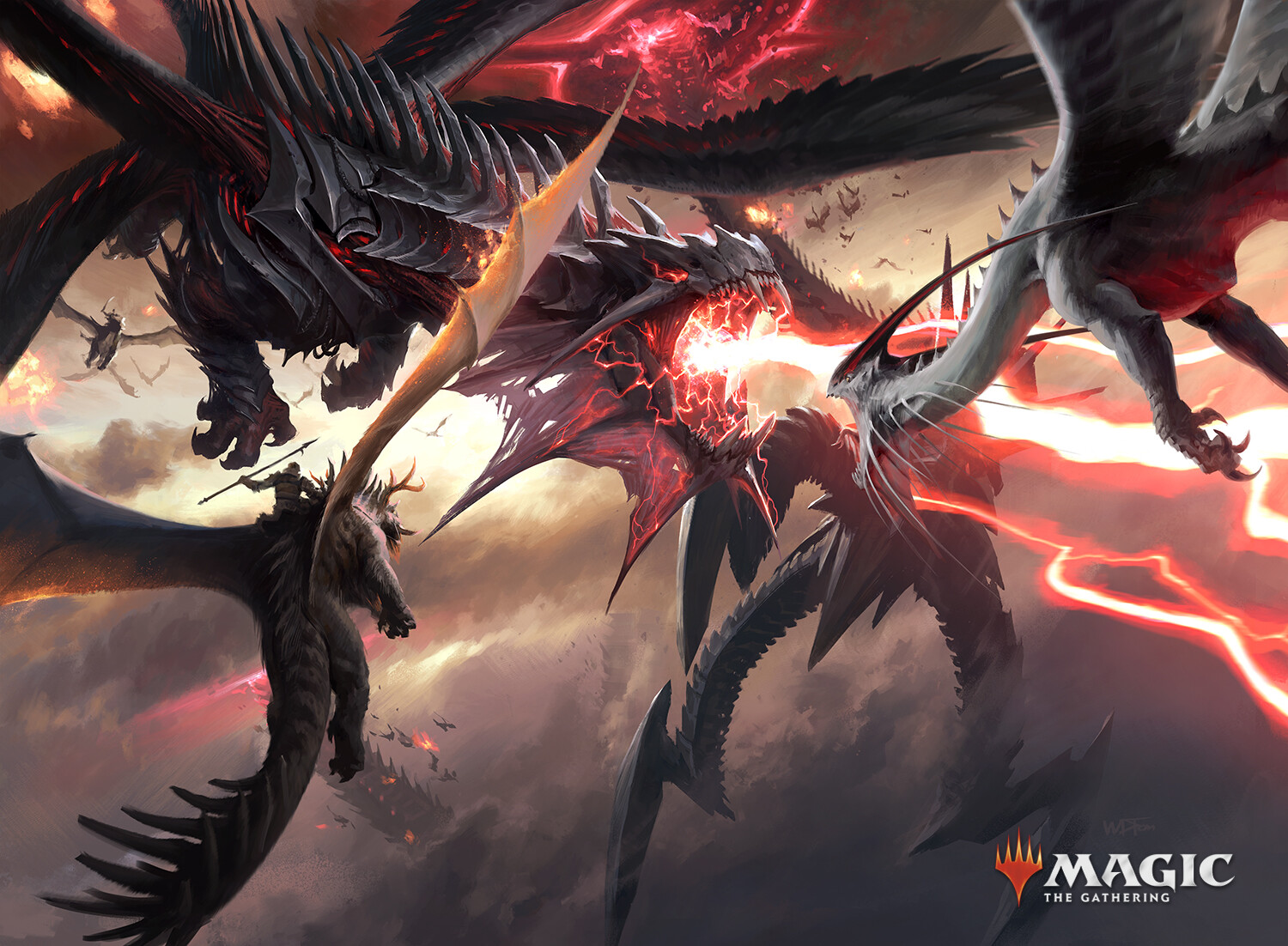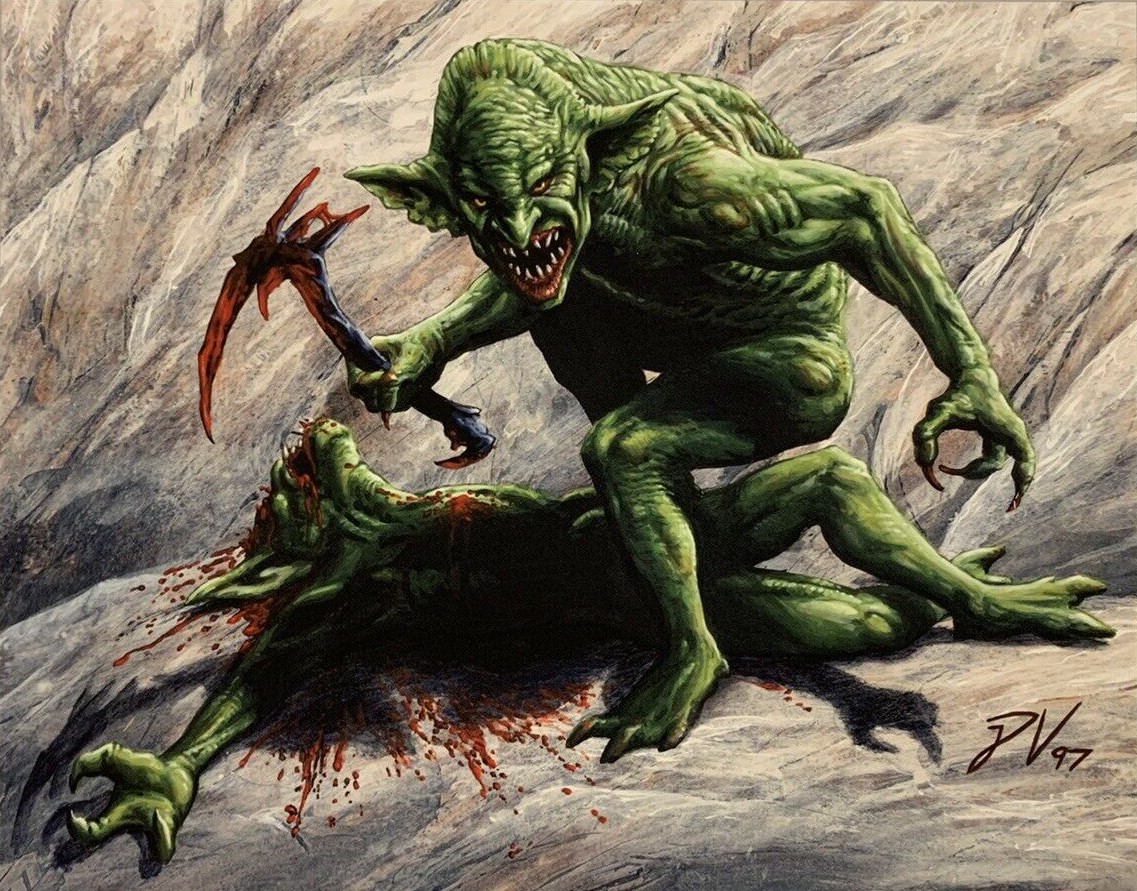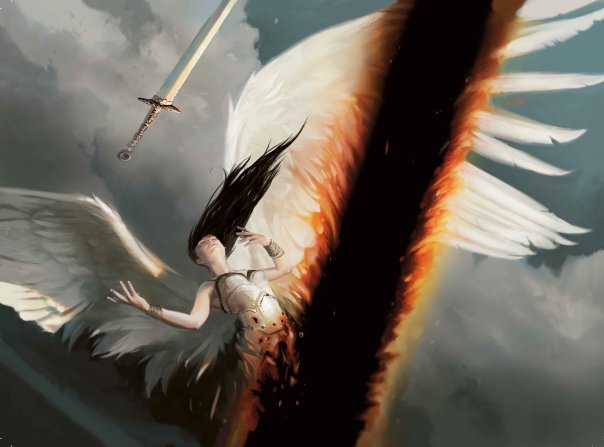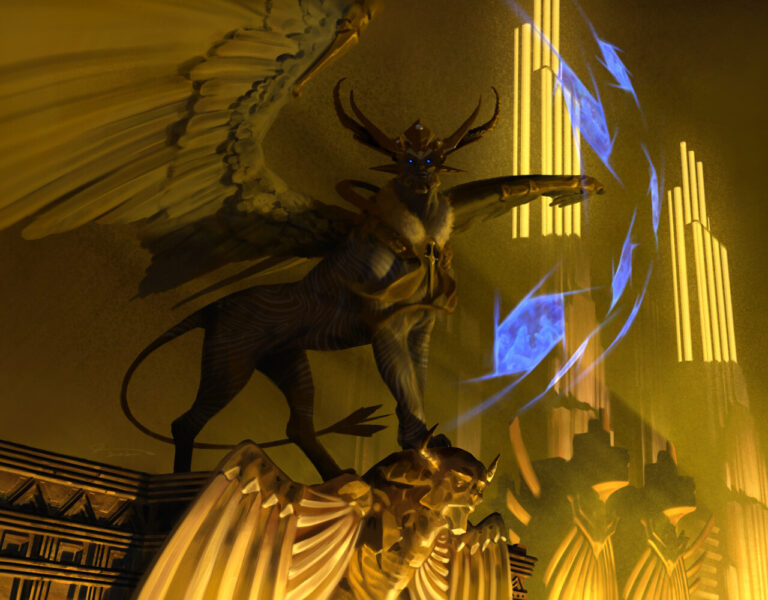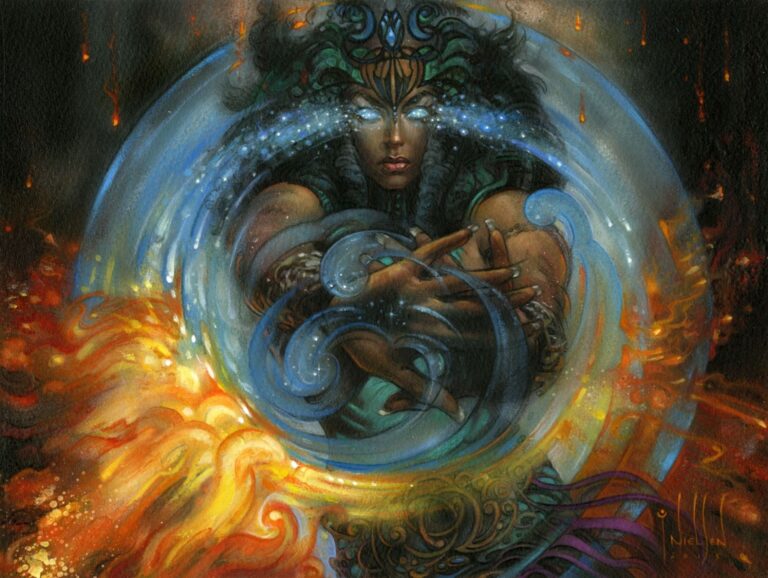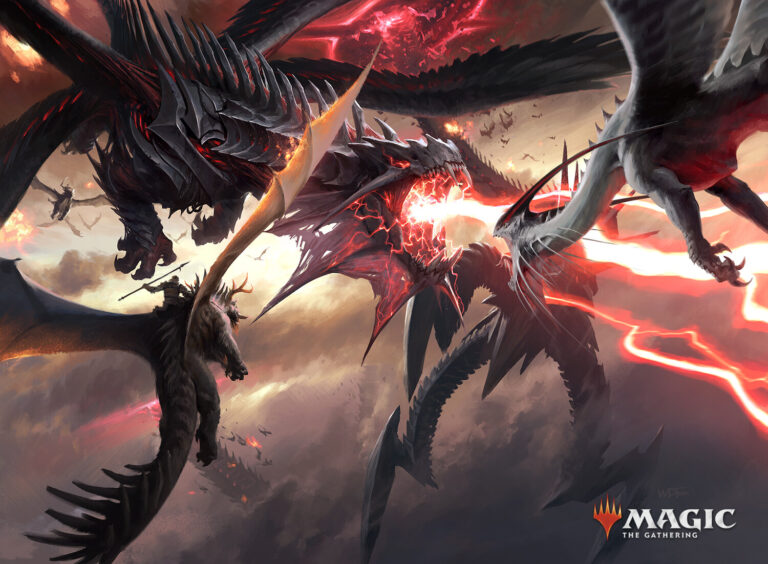When the Centurion format was still in its infancy, there was a top-tier Commander who constantly wiped the board clean and was a perennial fixture in the top 8 of tournaments, reigning supreme at the End-of-Year Ball… We’re talking about the one and only Queen Marchesa!
I’m Andrea Bosco (Re del Commander on Moxfield) and today we’ll delve into this deck list.
This Mardu Commander is a 3/3 with Haste and Deathtouch, costing 4 mana. Upon entering the battlefield, it grants Monarch, a fantastic mechanic that can provide a constant card advantage at the beginning of the end step, without spending mana. If we fail to defend the Monarch status and take combat damage, Queen Marchesa will create a 1/1 Assassin token with Deathtouch and Haste at the beginning of our upkeep, ready to sacrifice itself to reclaim the coveted Monarch status.
Gameplan
It’s clear that Queen Marchesa requires a specific build to allow the player to manage resources and the board effectively while protecting the crown at all costs. The game plan is straightforward and meticulous in “one-for-one” exchanges, carefully managing available cards, even making suboptimal plays to preserve the valuable Monarch advantage (Solitude/Grief/Fury pitched, creatures and planeswalkers ready to sacrifice themselves, etc.), which will gradually compensate for any disadvantages incurred during the game.
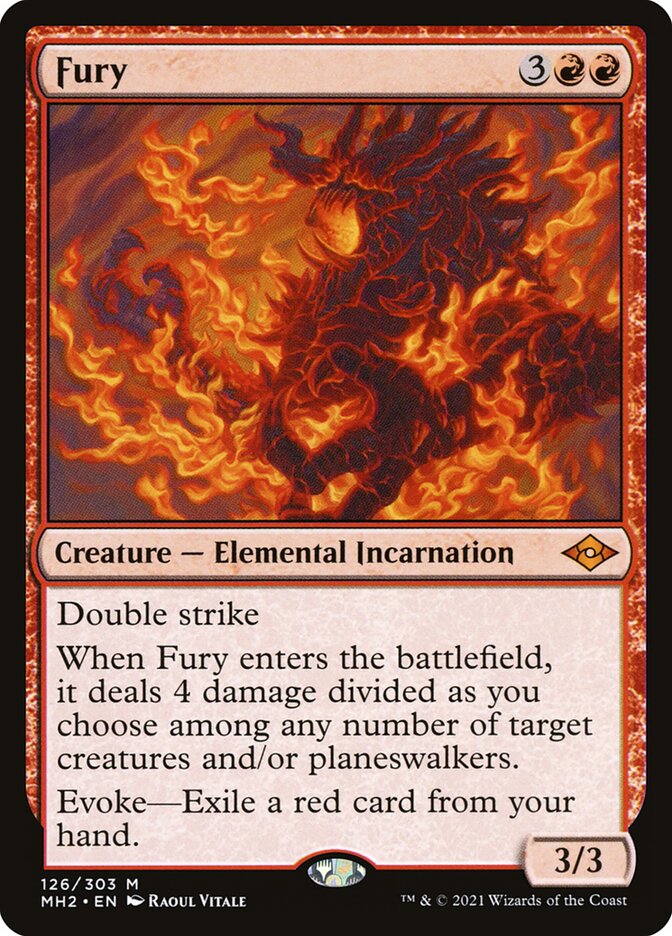
“One-for-one” exchanges are always welcome, as managing what the opponent throws at us is crucial, despite the well-known limitations of the Mardu color pie, particularly in handling the stack and the opponent’s top deck. Despite this significant limitation, this archetype clearly functions as a control deck (with a midrange twist in the current build), as it offers a variety of removal options suitable for different situations. Moreover, the black color ensures a robust suite of discard spells (Duress, Hymn to Tourach, Inquisition of Kozilek, Thoughtseize, Grief) to keep the opponent’s hand in check.
As mentioned, the sole goal of Queen Marchesa is to curb any opponent’s ambitions, weaving intricate plays like a true expert seamstress, yet with the undisputed role of Queen and Court Lady. The creature suite fits perfectly, capable of delivering intimidating plays that the opponent will struggle to counter, already overwhelmed with their own lines of play (which are themselves clogged by the myriad of answers from Queen Marchesa) and constantly troubled by the threat of the Monarch. Our opponent will be busy dealing with creatures no one wants to face—Dauthi Voidwalker, Drannith Magistrate, Esper Sentinel, Opposition Agent, Orcish Bowmasters, Phage, Titan of Fire’s Fury, Ragavan, Nimble Pilferer, Dark Confidant, Sheoldred, the Apocalypse—hindering their game plan, all while facing the constant threat of a response drawn from our Monarch turns… a nightmare!
The game plan of Queen Marchesa can be broken down into the classic three phases of a game to understand how the deck’s strategy might unfold, keeping in mind the various game situations and opponents:
- Early Game: we aim to apply some discard, slotting in specific removal, always seeking that crucial “one-for-one” exchange while avoiding playing Queen Marchesa to prevent losing the Monarch status.
- Mid Game: this phase is when, after meticulously handling the opponent’s moves, we can look to cast the Commander to start leveraging Monarch, gaining cards that serve as additional answers to future threats or can become offensive tools to close out the game. This phase is where Queen Marchesa will thrive, enjoying a constant stream of gains from taxing the less fortunate, finding aggressive maneuvers in racing and answering threats.
- Late Game: as the game progresses, the situation becomes more challenging. Despite the likely accumulated advantage, closing out the game will be hindered by problems that this archetype struggles to manage, related to the stack and the opponent’s top deck issues. Of course, by repeatedly casting the Commander, we can reclaim the Monarch status, but we will face some game situations that put at risk the linear gameplay Queen Marchesa strives for.
In contrast to this color pie, rather than using black, the viable alternative is blue, with Aragorn, King of Gondor as the monarch. The gameplay mechanics are similar, though Queen Marchesa tends to focus more on presenting threats in the form of midrange board presence.
Given the three colors that offer answers to any permanent presented, the deck is composed of cards that, individually, have a very high power level and present real dangers to opponents.
Matchups and weaknesses
Opening hands are often a balanced mix of responses but typically need at least three lands and an optimal answer based on the matchup. Avoid hands full of removal when facing control and vice versa against aggro. For decks including a package of mana rocks, initial hands with one of them can be kept with two or three lands, as long as there are sufficient mid-game interactions. Let’s look at the various matchups in detail.
Aggro
Battles against aggro will be fierce. While there are multiple responses available, the Monarch’s crown will constantly be under threat due to fast creatures that will eventually need to be dealt with, the power level of the protection spells in the meta, and numerous responses to Queen Marchesa (easily vulnerable to Fatal Push, Lightning Bolt, Chain Lightning, Dismember, Fiery Temper, Galvanic Blast, etc.).
The deck is built to handle these aggressive strategies, but finding a safe plan is crucial to avoid risky plays that may undermine the deck’s inherent stability. The more pressure you apply on the board, the safer the crown will be, even if it means not engaging in a dangerous race and keeping some untapped creatures ready for potential chain blocking.
Be especially cautious of cards that could become the nemesis of any control deck of this type, such as Blood Moon, Winter Orb, etc. The wratte package is trimmed to the essentials, as the deck already includes a sufficiently abundant set of spot removal.

Control
Control is a tough matchup because, while the deck has plenty of answers to permanents, they often won’t be effective during the game. The Monarch is a strong source of card advantage, but half the time, it will accumulate responses that are inadequate for the situation. Undoubtedly, the midrange plan will need to compensate for this shortfall, hoping to find flash plays and apply solid board pressure. It’s important to meticulously pursue aggression, making the most of planeswalkers, discard spells, flash creatures, or those that grant The Initiative.
Midrange
Midrange is an archetype where Queen Marchesa will likely thrive in duels, playing quite well. The Monarch’s mechanic, less targeted than against aggro, helps to satisfy Queen Marchesa’s insatiable need for removal. Pay close attention to devastating cards sometimes found in midrange, like Mind Twist, Armageddon, Hullbreacher. A slightly more challenging enemy than the usual midrange, because of its combo support, could be Slimefoot and Squee, with their saproling allies, consistently able to return from the graveyard and develop more threats on the board.
Tempo
Tempo is a complicated matchup, mostly because you often have to deal with evasive or protected creatures ready to threaten the Monarch. These creatures frequently allow the opponent to have the time and space to interact comfortably with the stack.
Combo
Combo is a challenging opponent that Queen Marchesa will rarely enjoy facing. The few interactions with the stack and the still developing control decks without access to blue pose significant challenges to the ambitious goals of this archetype, creating a sense of helplessness against potential combo wins. Recent resources useful for this cause include Disruptor Flute and The One Ring, but also older cards like Opposition Agent, Dauthi Voidwalker, and Cling to Dust.
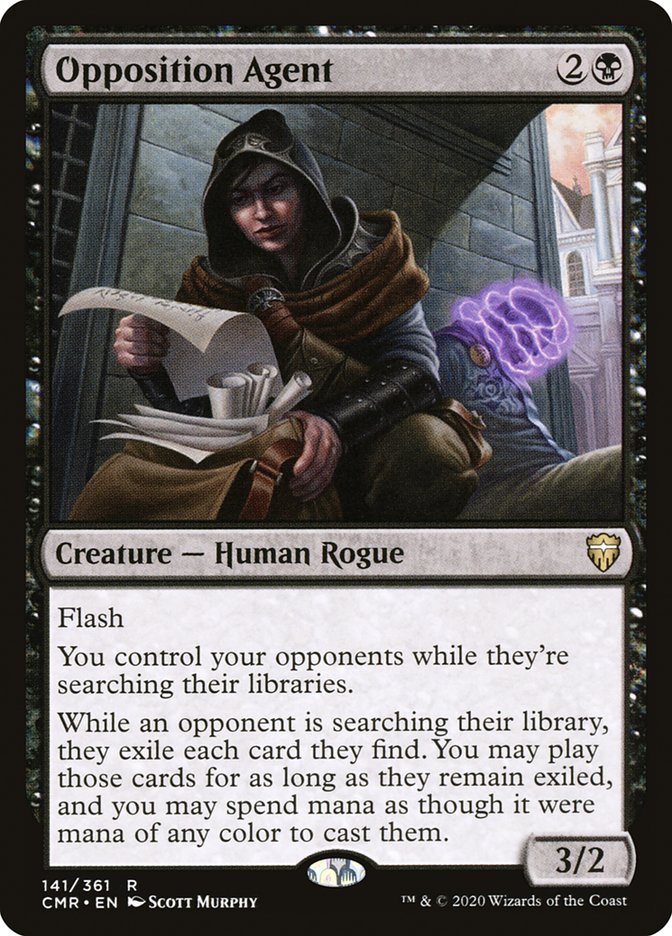
Deck structure
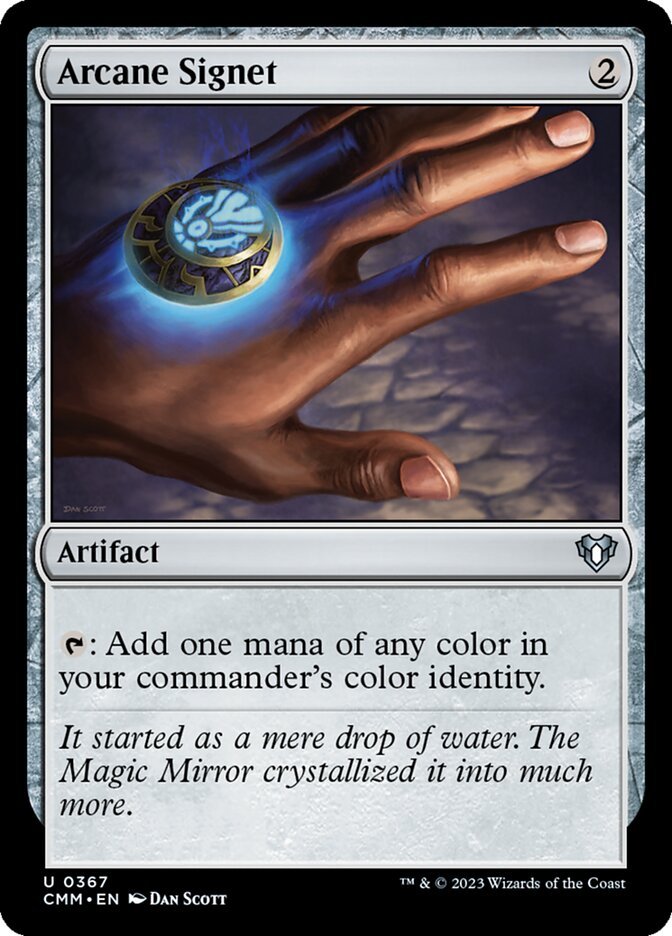
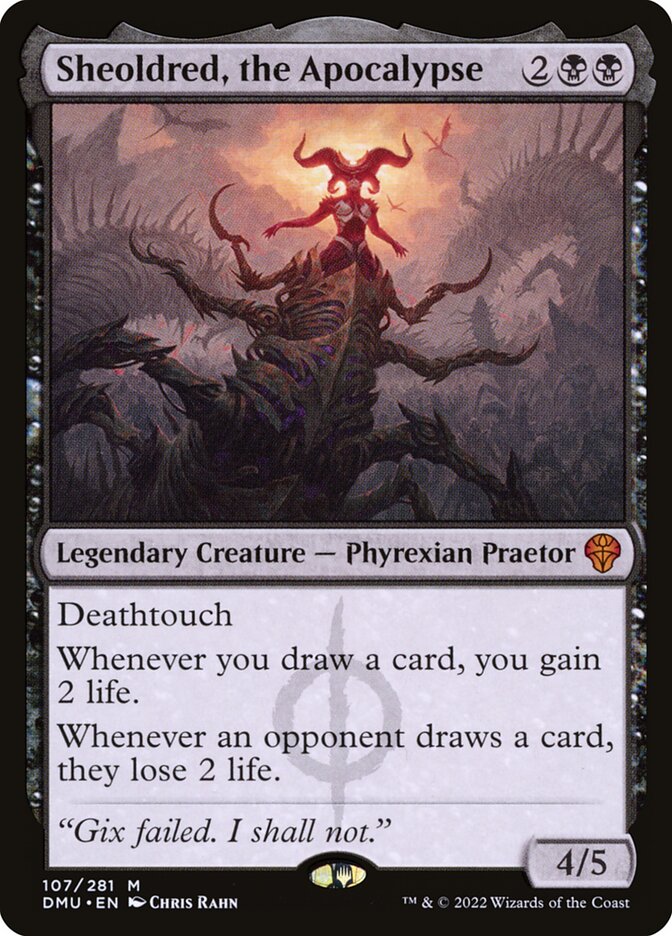
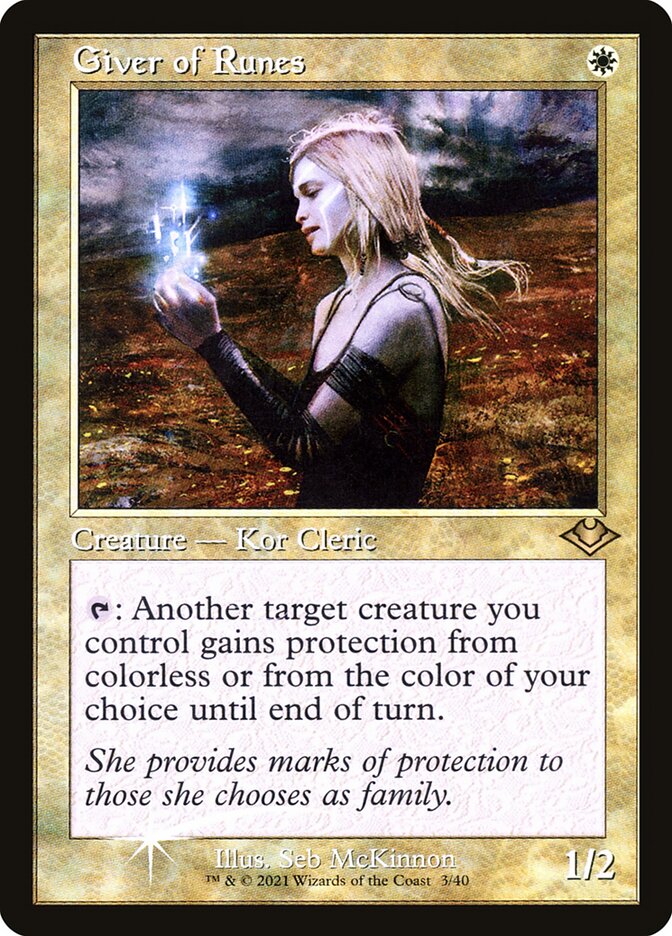
Fable of the Mirror-Breaker is the perfect card for midrange, capable of making board presence, providing card quality, and creating incredible value if it flips, by making copies of your creatures.
The mana rocks, such as Arcane Signet, Talisman of Conviction, Talisman of Hierarchy, Talisman of Indulgence, lay the foundation for a solid midrange plan and for casting Queen Marchesa a turn earlier.
Sheoldred, the Apocalypse, in conjunction with The One Ring and The Monarch mechanic, provides excellent life gain and a strong starting point for race considerations with its massive body.
Kaya, Orzhov Usurper is strong against Eris, Roar of the Storm and Slimefoot and Squee, and generally effective against combo archetypes, especially reanimate strategies.
Comet, Stellar Pup adds flair and unpredictability to the deck, though it slightly compromises the deck’s approach to its game plan. Seasoned Dungeoneer and White Plume Adventurer are the stars of the deck, fulfilling every need from resource sustenance and board defense to potential game closers.
Caves of Chaos Adventurer can be considered; the unpredictability and excellent static abilities of Archivist of Oghma and Deep Gnome Terramancer make them desirable, as they often generate good advantage when the opponent sifts through their deck.
The creature protection package, consisting of Mother of Runes, Giver of Runes, and Skrelv, Defector Mite, is crucial.
Samwise the Stouthearted could be a valuable addition, occasionally recovering fetchlands or Wasteland recently placed in the graveyard, or simply a recently destroyed creature. Forth Eorlingas! is highly useful in mid and late game, often proving to be a pretentious finisher.
Soul Partition is a spot that buys time, but sometimes it might be used on your own The One Ring if it becomes troublesome, though it can be recast at its original cost.
Mind Twist is a viable choice in builds with mana rocks. When it resolves, it can be disastrous for the opponent.
Disruptor Flute is perfect for this kind of deck, as it slows down the opponent’s commander cast and shuts down annoying activated abilities. One in ten opponents will forget to fetch when this card enters the battlefield.
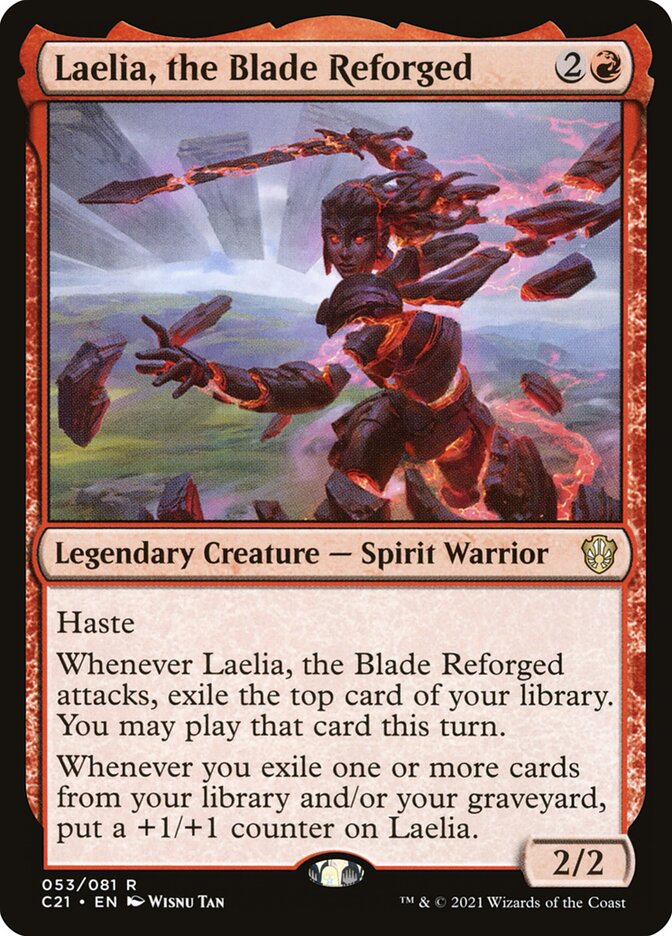
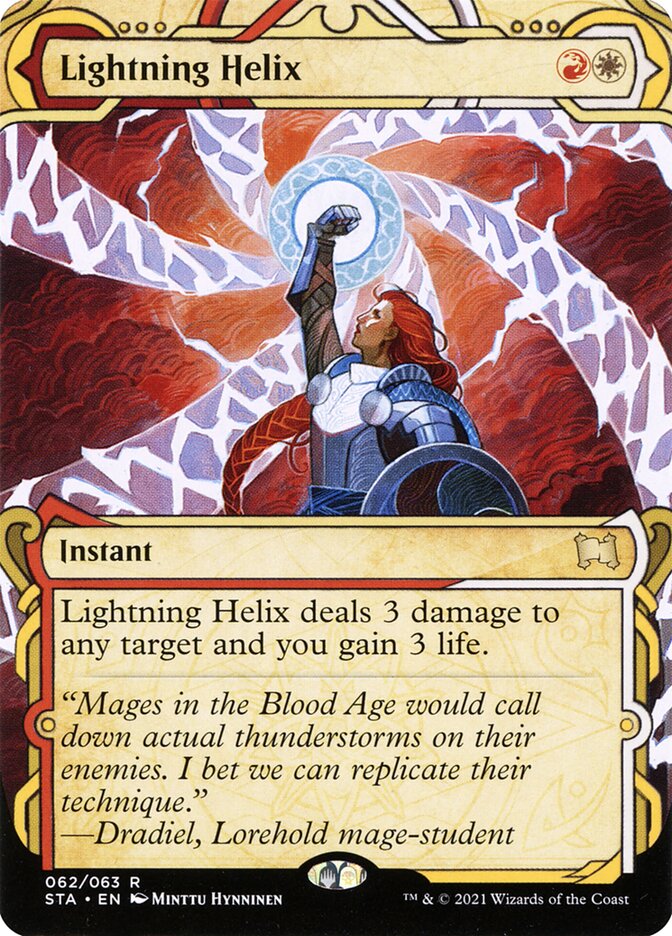
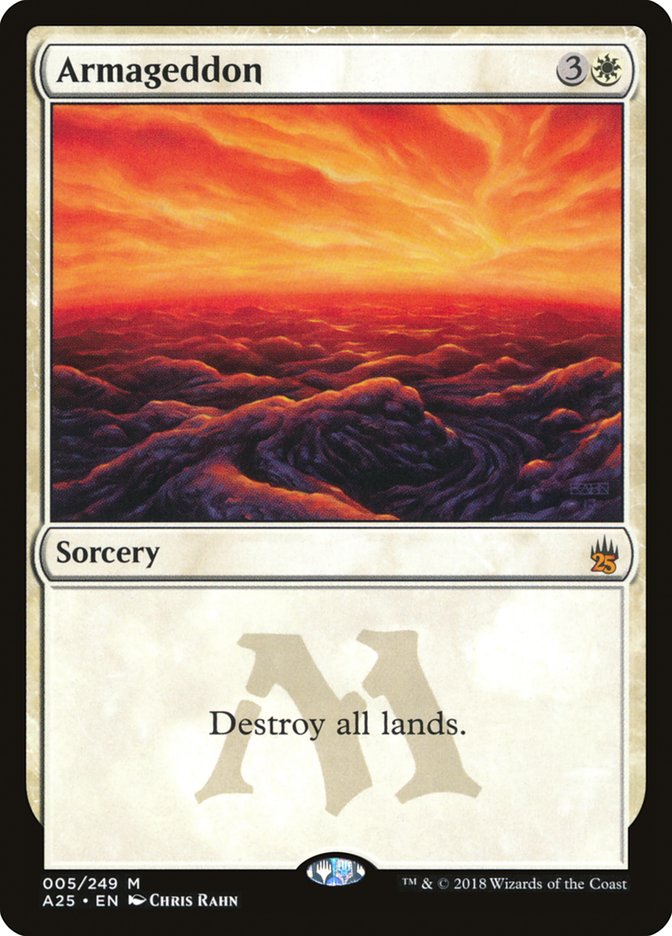
Tithe can be played if you don’t opt for the four mana rocks.
Laelia, the Blade Reforged combos with Tainted Pact.
Lightning Helix can be included if there’s a need to address particularly aggressive metas.
Armageddon and Ravages of War are excellent finishers when you hold the Monarch, especially if mana rocks are in the decklist.
Queen Marchesa is a commander that definitely commits many crimes, so a more aggressively styled choice could be opting for Magda, the Hoardmaster among the 99.
Chandra, Torch of Defiance is always an option, as it can do a bit of everything. Ajani, Nacatl Pariah is an optional choice for those who want to better stall races.
Conclusions
This is a deck with limited accessibility, as using the three Mardu dual lands is essential to avoid life point loss due to the mana base. Queen Marchesa is a commander of medium difficulty, requiring good timing in plays and especially careful selection of gameplay options and responses to the various challenges that will hinder this ambitious Lady in her perpetual quest to defend her sovereign power, marking her as the undisputed Queen of the Centurion format.
Written by
Andrea Bosco

